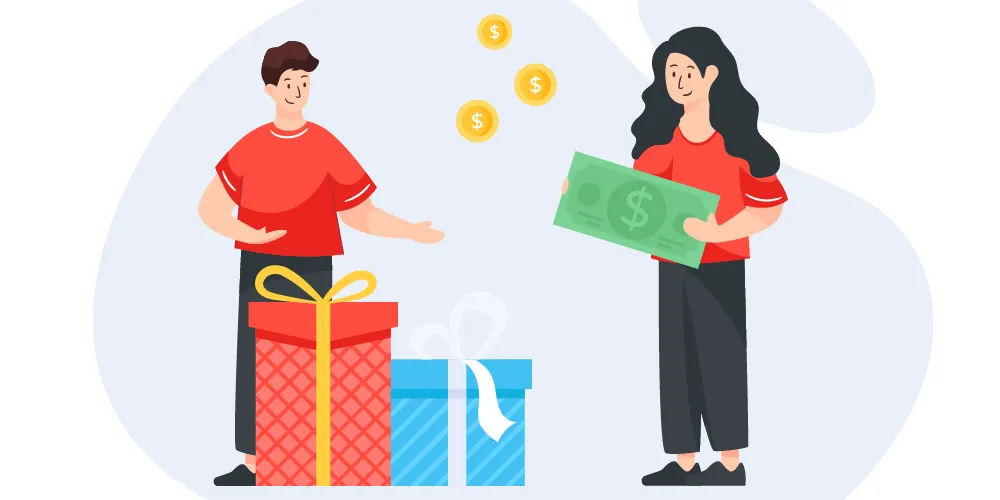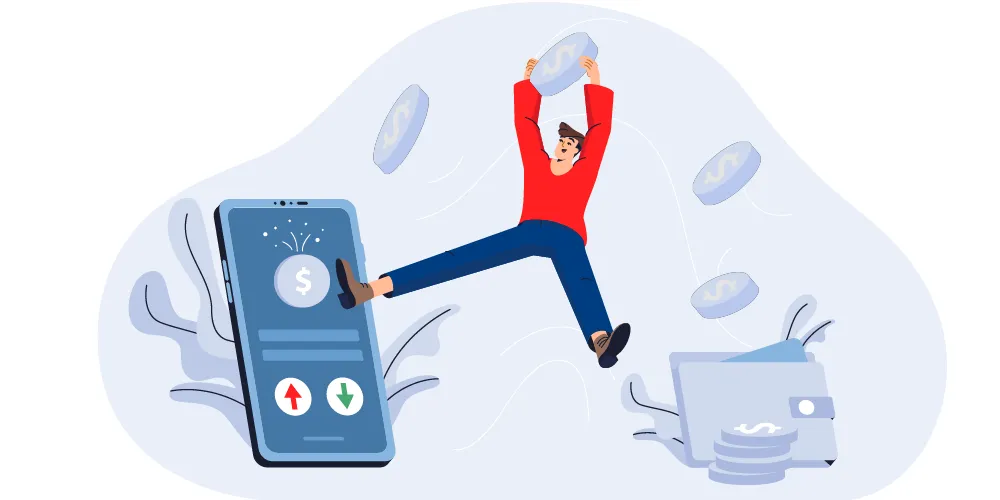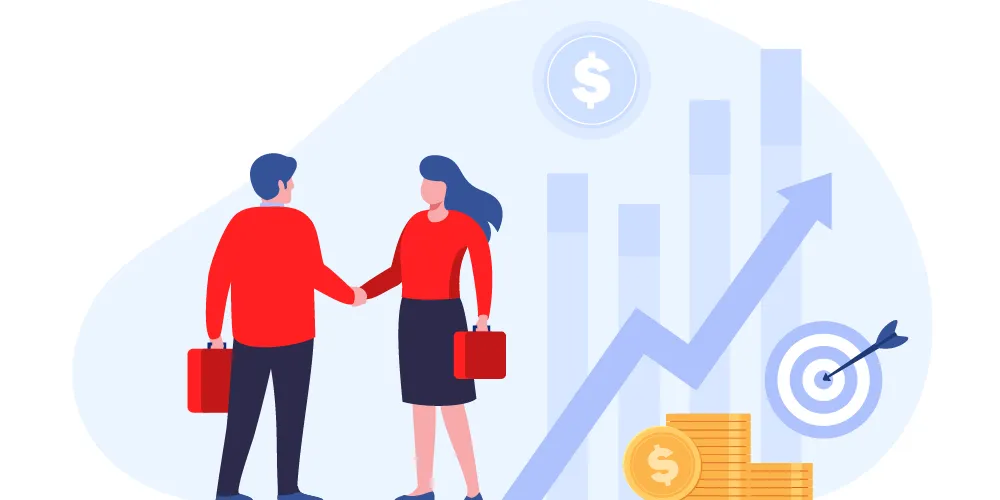Performance Measures in SaaS Sales Compensation
ACV/ARR
This metric, reflecting twelve months of subscription revenue, is crucial for companies selling yearly contracts, with a typical commission rate of 10% for account executives.
Monthly Recurring Revenue (MRR)
Representing a month's subscription revenue, MRR is often employed by companies targeting SMBs with monthly contracts.
Expansion ACV/ARR
Incremental revenue from existing customers due to additional users or upsells, with AEs commonly receiving 8-10% and customer success managers 4-6%.
Renewal ACV/ARR
Revenue from renewing customers attracts lower commission rates (2-3%) due to lower risk.
Net Retention Rate (NRR)
This percentage change in recurring revenue from a specific customer group encompasses both ARR reductions and expansions.
Services Revenue
Revenue from one-time implementation or ongoing services, paid at a lower commission rate (1-3%).
Multiyear Contract
These contracts, assuming non-cancellability, command higher commission rates than one-year terms.
New Logos
Acquisition of new customers.
Management by Objectives (MBOs)
Goals or objectives related to non-revenue measures, typically for managers.
Meetings Held
This measure, important for business development representatives, counts the number of meetings managed.
Conclusion
Crafting an effective SaaS sales compensation plan is a multifaceted challenge. It requires a deep understanding of the unique dynamics of the SaaS business model, market demands, and sales strategies. These plans must incentivize sales personnel to acquire new customers, retain existing ones, and align their efforts with the company's broader strategic goals.
By carefully selecting performance measures, structuring SaaS sales compensation plans, and calculating incentives, SaaS companies can foster an environment of motivated sales teams, driving growth and customer success. This approach not only sustains the upward trajectory of the SaaS industry but also ensures that businesses remain competitive and responsive to the ever-evolving market landscape.
Incentivate, an inherent SaaS solution, simplifies this process effortlessly and has become one of the leading providers for global SaaS organizations.





